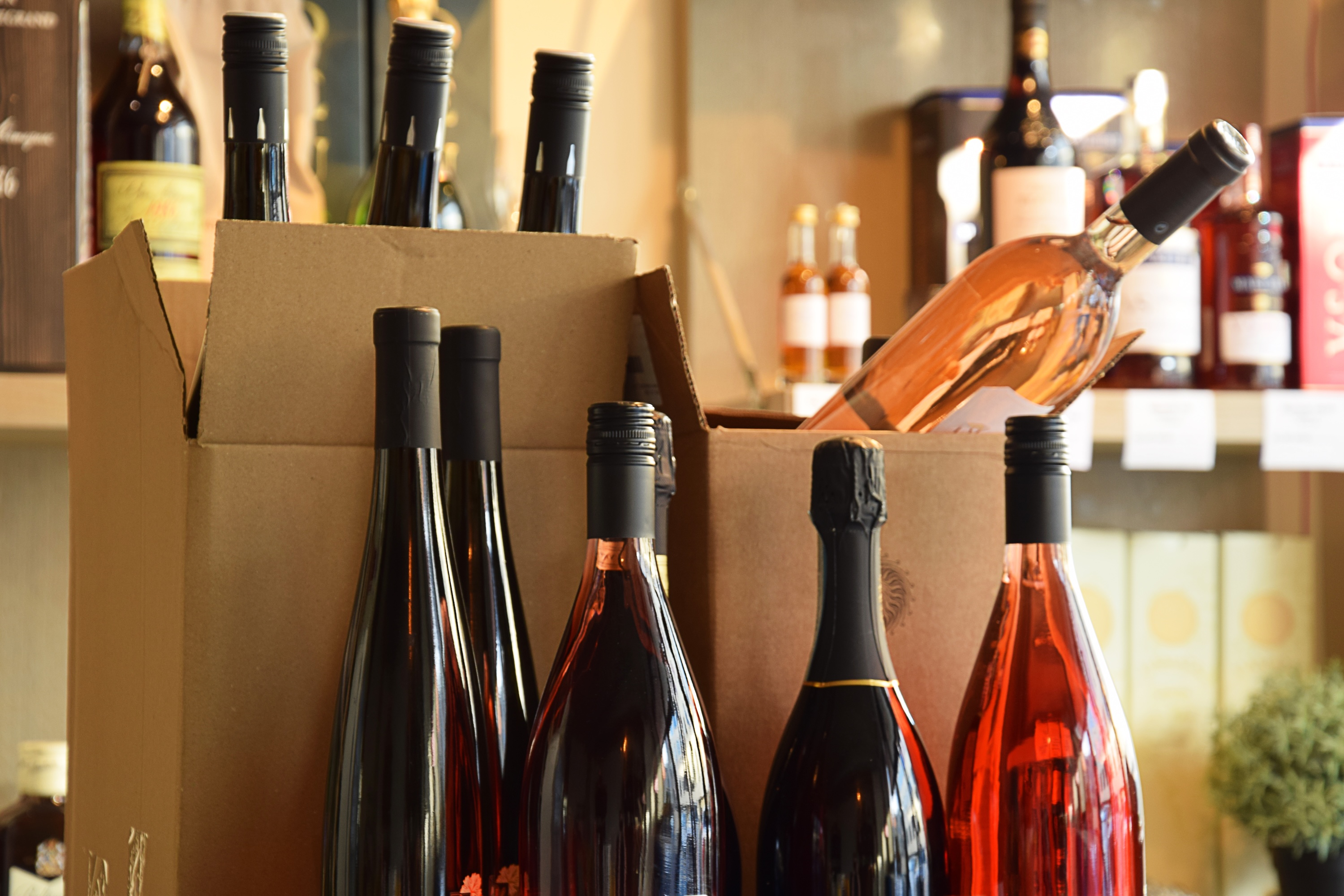
While 67% fewer distributors serve 556% more wineries than 25 years ago (Wine Business Monthly), smart brands are building direct relationships that bypass traditional bottlenecks entirely.
The math is brutal. Three major distributors now control 53% of the U.S. wine market, with the top 10 commanding 81.5% of total distribution (Wine Business Monthly). For small and mid-sized producers, this creates an impossible equation: compete for attention among thousands of brands in mega-distributor portfolios, or find new paths to market.
The answer lies in direct-to-consumer eCommerce. But most alcohol brands are approaching this transformation with outdated playbooks.
The Distribution Squeeze Creates Digital Opportunity
Traditional distribution was built for a different era. Twenty-five years ago, 3,000 distributors served 1,800 domestic wineries (Wine Business Monthly). Today's reality flips that equation, forcing producers into what industry experts call "insects in these distributors' portfolios, without a hope in hell of getting any attention."
This consolidation crisis coincides with unprecedented consumer behavior shifts. Wine eCommerce has grown from under 1% to 5% of premise sales in just three years (IWSR Global Alcohol Market Analysis). Meanwhile, 44% of Americans have purchased alcohol for direct shipment since 2020 (Beverage Industry Magazine).
Why Most Digital Transformations Fail
Here's where most alcohol brands stumble: they treat eCommerce like a side project instead of core infrastructure.
Legacy compliance approaches create operational nightmares. Manual tax calculations across dozens of state structures invite costly mistakes. Quarterly filings don't match the speed of modern eCommerce, creating data gaps and compliance risks. Orders that fail compliance checks after payment processing destroy customer satisfaction.
The result? Brands that could thrive in direct-to-consumer markets remain trapped in traditional channels, watching margins erode as consolidation accelerates.
The Infrastructure Revolution
Leading alcohol brands are solving this through modern eCommerce infrastructure designed specifically for regulated products. Real-time compliance systems now enable automatic tax calculations across all shipping destinations, block non-compliant orders before payment processing, and generate automatic reporting for state filing requirements.
This technological foundation transforms barriers into competitive advantages. Wineries can scale operations confidently across multiple states without proportional increases in compliance overhead. Customer experiences remain seamless while backend complexity disappears.
Consider the strategic impact: automated compliance checking enables expansion into new markets without additional staff. Real-time tax calculations eliminate revenue leakage from manual errors. Streamlined reporting reduces audit risk while freeing teams to focus on growth initiatives.
Building for a Decentralized Distribution Model
The most forward-thinking brands are embracing a decentralized distribution model – direct-to-consumer strategies that complement rather than compete with traditional distribution.
This approach recognizes that modern consumers expect seamless digital experiences regardless of product category. Wine purchases increasingly begin with online research, even when completed in physical stores. Brands that can't meet customers in digital channels lose mindshare to competitors who can.
A decentralized distribution model requires sophisticated technology infrastructure. Success depends on platforms that handle real-time compliance checking, dynamic pricing across markets, and personalized customer experiences at scale. Manual systems simply can't support this level of operational complexity.
What Leaders Do Differently
Industry winners are making three strategic moves simultaneously.
First, they're investing in compliance technology that enables real-time decision-making rather than reactive problem-solving. Second, they're building customer relationships through owned channels rather than relying solely on distributor partnerships. Third, they're using data from direct relationships to inform everything from product development to pricing strategies.
This creates a compounding advantage. Better customer data enables more effective marketing. Improved margins from direct sales fund innovation and expansion. Reduced dependence on consolidated distribution channels provides strategic flexibility.
The Path Forward
Distribution consolidation isn't reversing. Consumer expectations for digital experiences aren't moderating. The brands that will thrive are those building infrastructure for this new reality rather than fighting to preserve old models.
The question isn't whether to embrace digital transformation – it's whether to lead or follow. Early movers are already capturing the benefits of direct customer relationships, improved margins, and operational flexibility that modern eCommerce infrastructure provides.
For alcohol brands ready to compete in tomorrow's market, the infrastructure exists today. The challenge is implementation speed, not technological capability.
Sources:
Latest articles
.jpeg)
.jpeg)
Blog
Marketing
Wine


DRINKS Assure
Shopify


Blog
Marketing
Wine
eCommerce